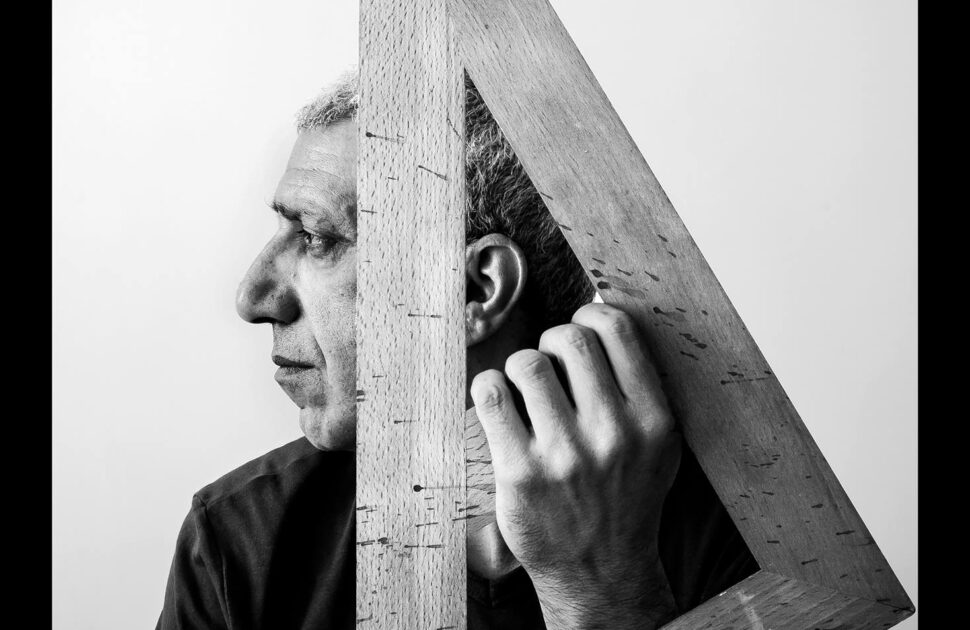
CARLO DE MEO
Italian artist. He made his debut in the mid-1990s by reworking common plastic and rubber objects into visionary objects. Since 1999, interest has focused on his own body, first directly involved in performances in which the artist wore prosthetic light tubes, then ironically and unapologetically represented in sculptural self-portraits on a shrunken scale.(Zanichelli Encyclopedia of Art, Bologna, 2004).
He has exhibited in numerous exhibition spaces in Italy and abroad including: Fondazione Volume, Rome – MART, Rovereto – Fondazione Sandretto, Turin – Fondazione IDIS, Naples – CIAC, Genazzano – Triennale Design Museum, Milan – MACRO, Rome – Cittadella della cultura, Bari – Palazzo della Permanente, Milan – Museo Carandente, Spoleto – Gall. Nazionale di palazzo Spinola, Genoa – Fondazione Pistoletto, Biella – Bad Museum, Casandrino – Museo Laboratorio, Città di Castello – Blickle Foundation, Kraichtal, Germany – Kunstverein, Augsburg, Germany – Kunsthalle, Goppingen, Germany – Die Galerie, Frankfurt, Germany – Benaki Museum, Athens, Greece – Neue Galerie, Graz, Austria – Dune Studios, New York, USA – European Parliament, Brussels, Belgium – Italian Embassy, Jerevan, Armenia – and has been an active cultural promoter through founding contemporary art magazines such as APPARECCHIO (1994-96) and ARIA (2011-14).
PH. Ilaria Tortoriello
TITOLO PROGETTO PER SEMINARIASOGNINTERRA23
LIKE WHEN IT’S RAINING OUTSIDE
Quanto è importante il passato per immaginare e costruire il futuro?
In March 14, 2011 at twenty-one thirty-six, I was writing:
Today it is harder to answer this question, maybe tomorrow will be easier but certainly yesterday it all seemed clearer to me. But doubt assails me in this feeling of being projected into a “day after tomorrow” and thinking of tomorrow as a yesterday.
And I was answering a different question altogether.
Today, extrapolated from a past context, re-actualized, the quoted phrase opens us to an idea of a fluid, liquid time, wavy as a sea foaming in the undertow with its small, continuous wave of the present. A present foaming in the idea of the future, sustained by the oceanic energy of the past in a continuous, perpetual, circular ebb.
What are the elements you would like to work on further?
Certainly those are the ones I am working with, until I am distracted by other additional elements. The desire for more or something else is consequential to the exercise of attention to the elements themselves, whether visual, conceptual, structural or narrative. I have no set aside desires but continuous stimuli, small presents that project into the ever near future.
Raccontami di più dell’opera per Seminaria.
I tell you something, maybe something more than what is now but certainly not all that will be and will be a walk in the Seminary walkway. Repetitions and repetitions between repeated steps in a narrative entrenchment. And the path, peremptory and winding, which begins straight, curves and climbs and then twists, descends and finally opens, becomes penumbra from which emerge, in a bloom of flowers, fragmented thoughts, broken and reconsidered in a concatenated consequentiality of coinciding images, forms and words, between temporal abstractionism and osmotic figurativism, between calm and chaos, between outside and flowers. A seemingly linear path (considering the festival’s path by stages) that turns out to be spiral pushing the viewer into a vortex of perceptual loss. NAUFRAY.
Lo spazio angusto si riempie di oggetti di casa. Mobili, porte, tappeti, fuori dalle dimore, si ridisegnano nel luogo e in rapporto con esso danno vita ad un narrazione antropomorfica e visionaria.
Ci sono, all’inizio, porte, ombrelli e un portaombrelli (Lui) che temporeggia, fermo, lì, finché il tempo regge… temporeggiare e offrire fiori in uno stendere di tappeti a tappe e comodamente stare in quel che serve. TEMPOREGGIARE. Finché tutto frana in un rapido fiume, nel grande mare, in un dolce naufragare.
Un progetto che non hai potuto realizzare, ma che ti piacerebbe fare?
Ho la piacevole sensazione di aver realizzato tutti i miei progetti che riguardano la mia produzione artistica.
Nelle fasi finali di un progetto, sono così dentro l’idea che essa prende corpo e spazio. L’idea stessa, una volta definita in tutte le sue parti, si concretizza nella mia immaginazione, diventa, è e sarà, mentre altre immagini visionarie, al limite della fattibilità orbitano intorno alla sfera del desiderio. Ma, per dare concretezza a questa risposta, un esempio può essere l’opera itinerante “TIR – Tao Internationaux Routiers”, del 1997, progettata per una vasta operazione sulle terre del Mediterraneo all’interno del progetto LE VIE DEL SALE: 4 artisti e un poeta (D’Elia, De Meo, Icaro, Orti, Spagnulo), di cinque generazioni, intenti a lasciare un segno geografico, una enorme Tau (simbolo di salvezza) tra Sarajevo (in guerra) e il resto del Mediterraneo. Il progetto, pubblicato in un catalogo progettuale, non andò mai a termine.
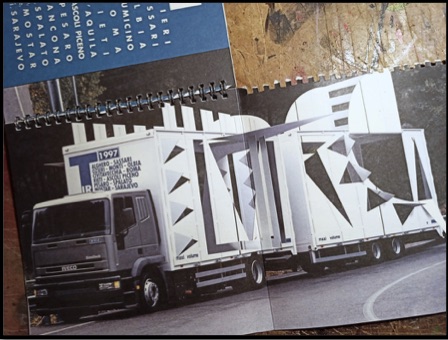
Un’opera pubblica appartiene e coinvolge tutti. Uno spazio tra arte e vita, con la collaborazione del tempo, può diventare luogo identitario?
Sicuramente si se, per qualche motivo, per una combinazione di casi, per un immaginario collettivo o per potenza comunicativa dell’opera stessa, diventa punto di riferimento, estetico, etico, geografico o anche solo per un appuntamento e un caffè al bar.
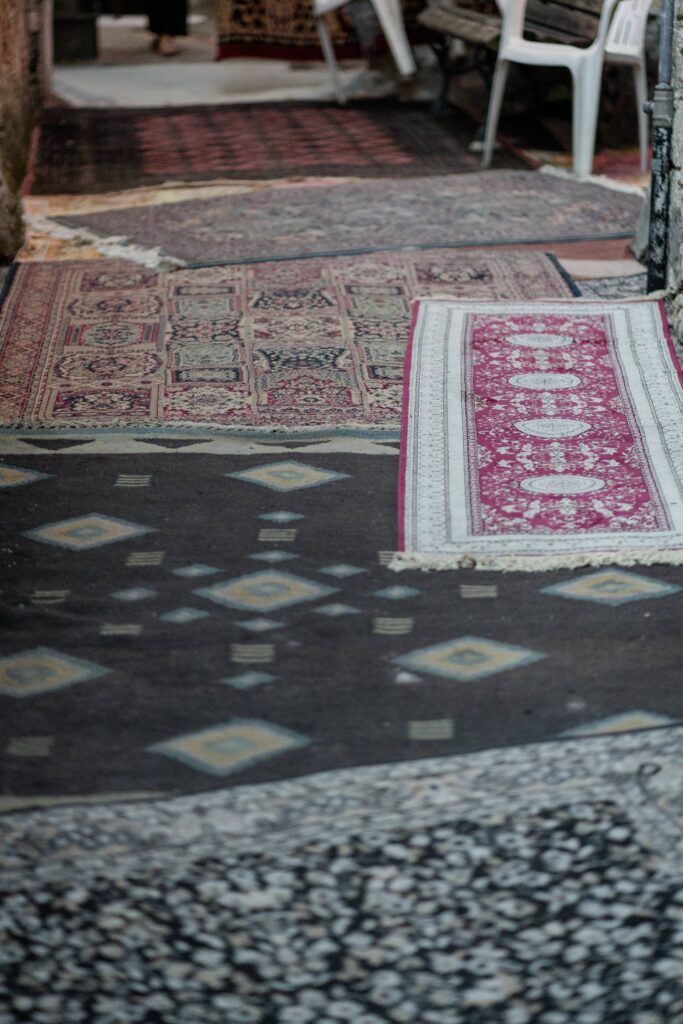

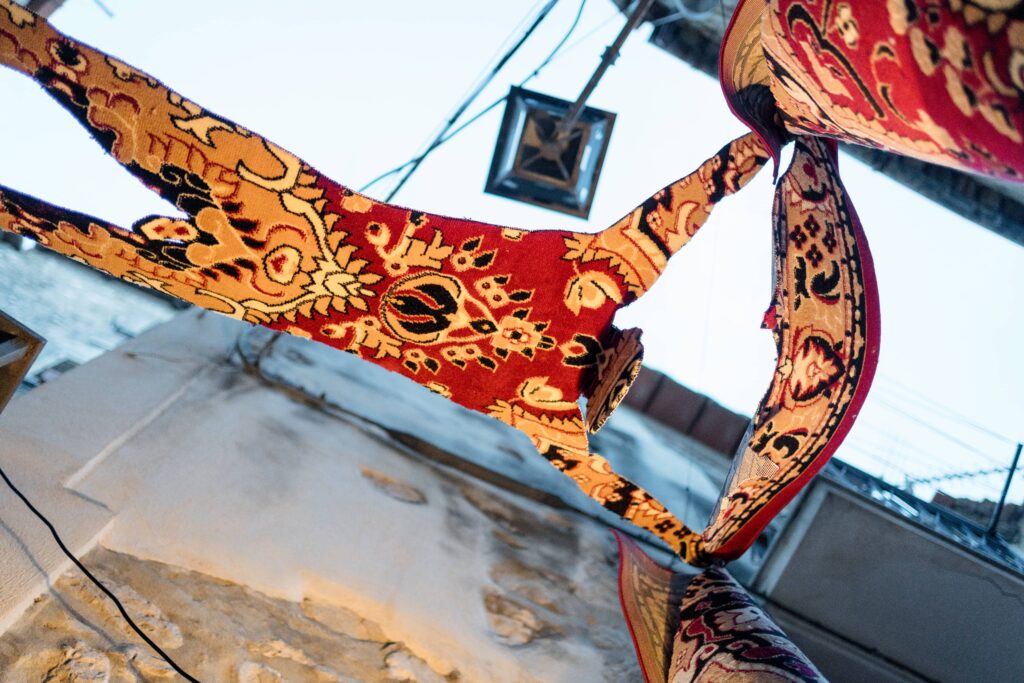
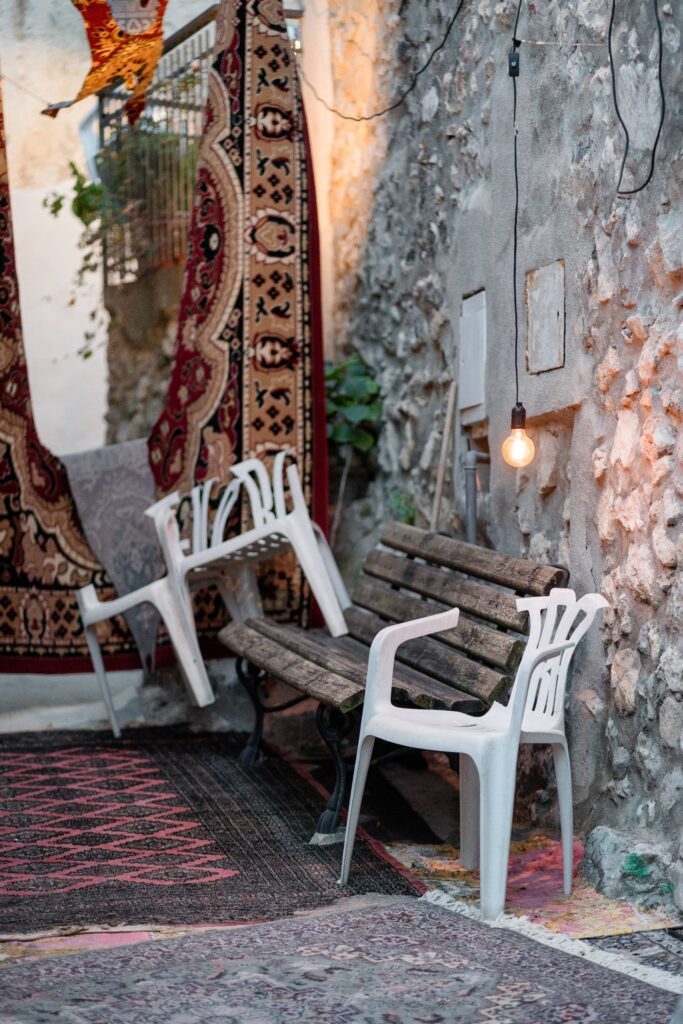
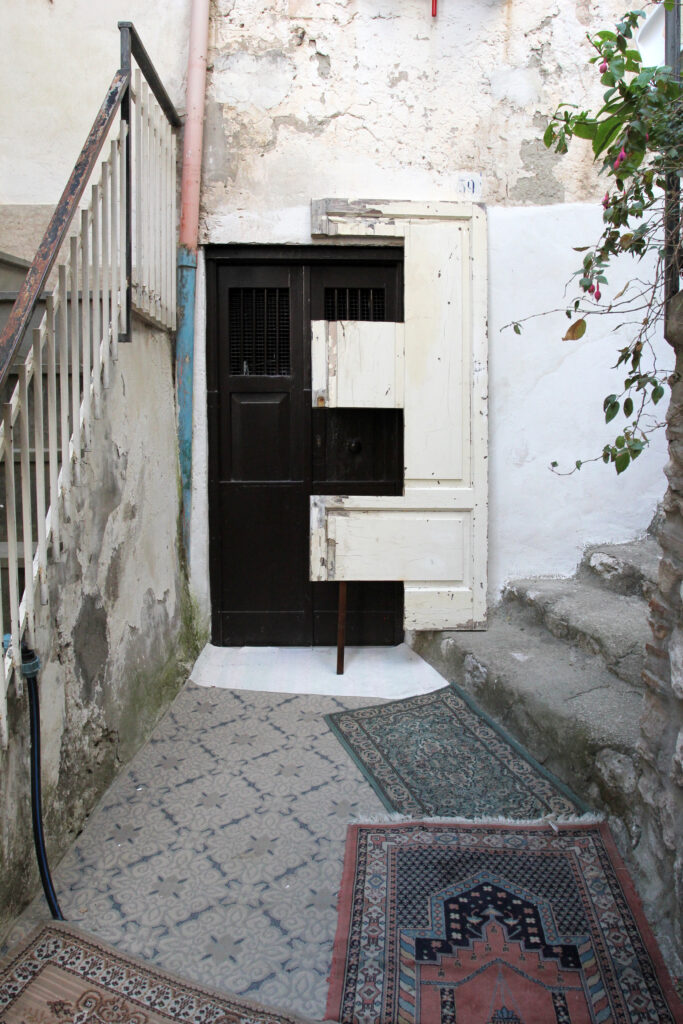
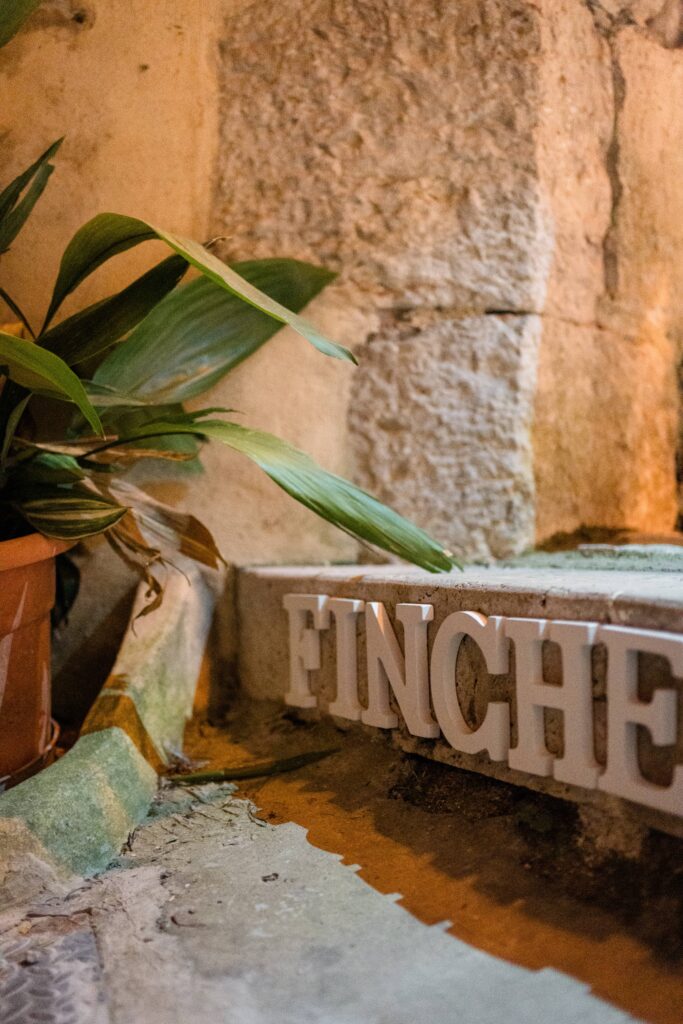
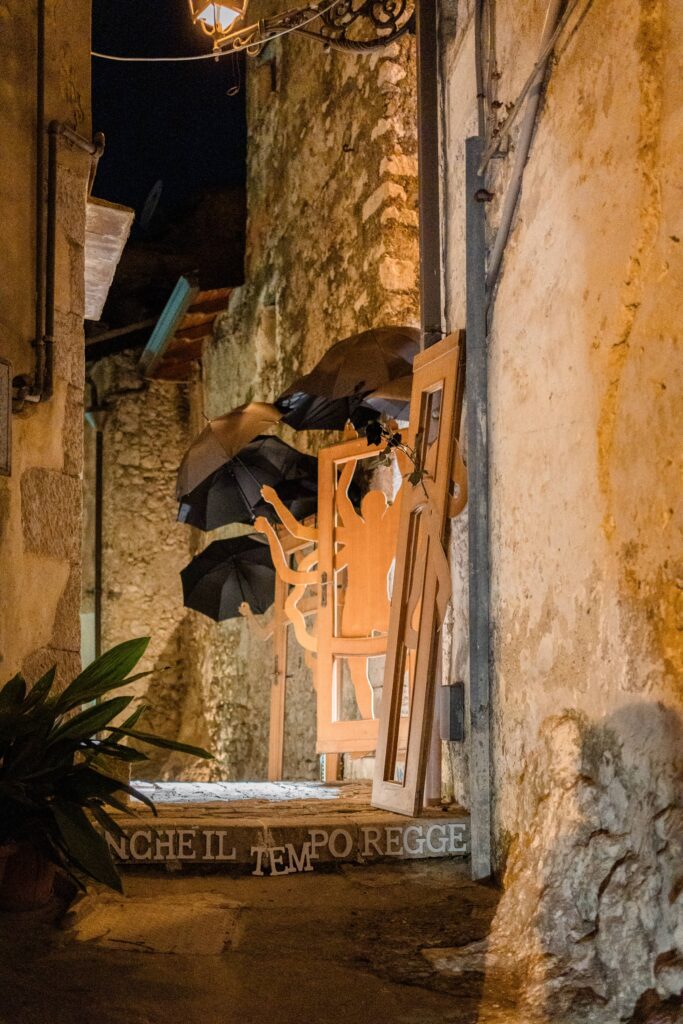


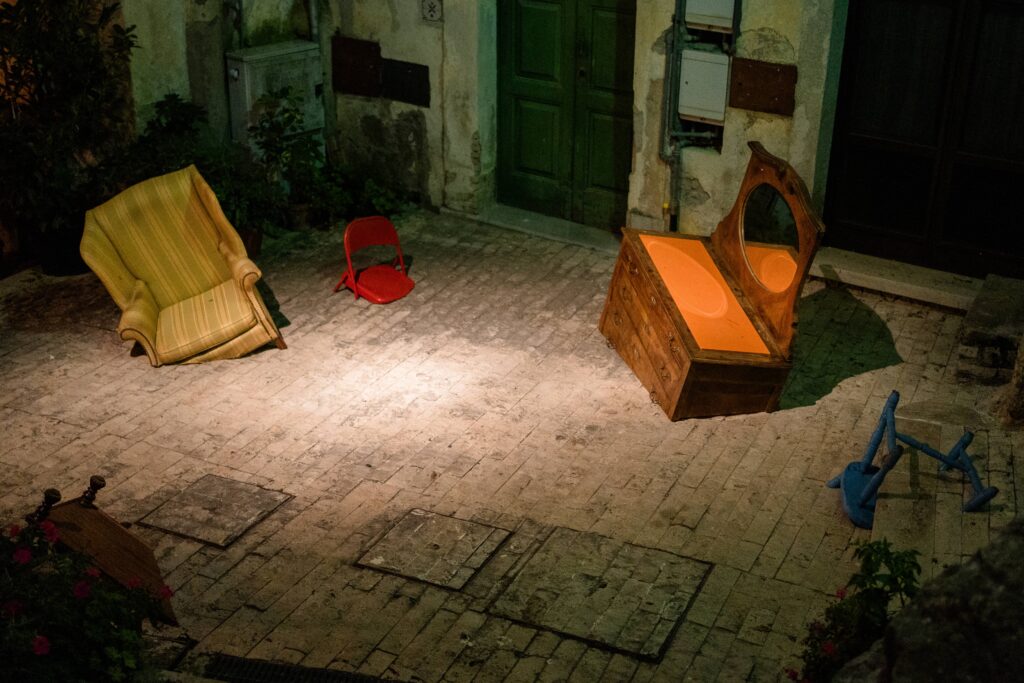
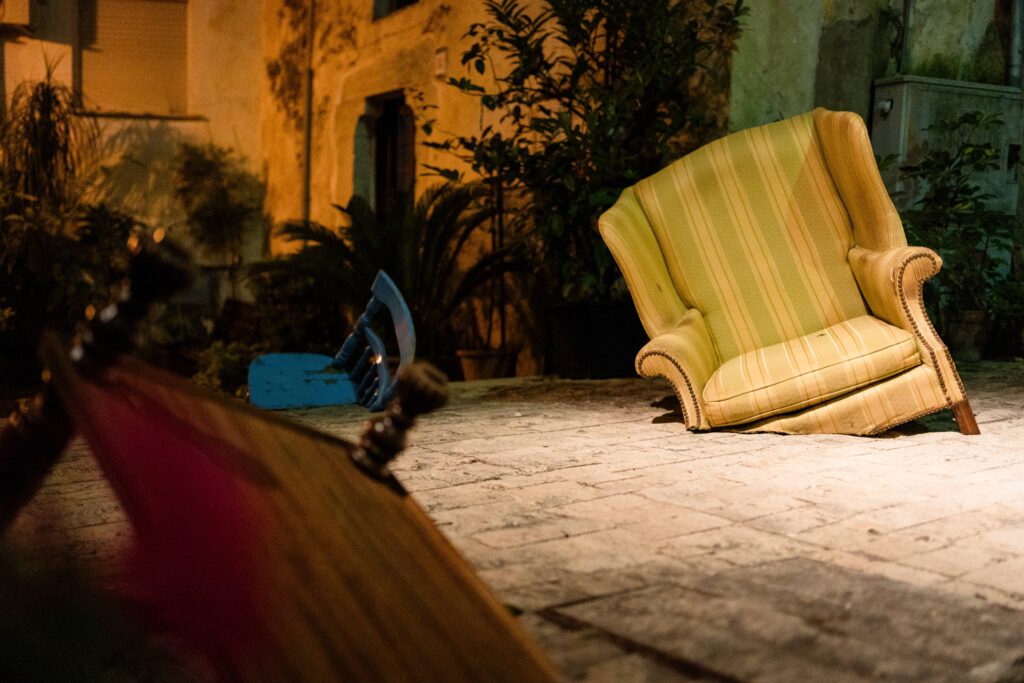
This post is also available in:
Italiano (Italian)
